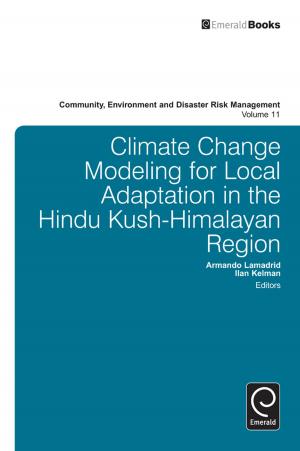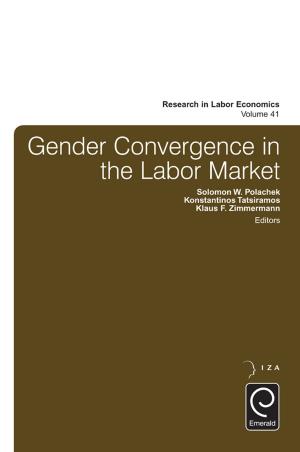Living in Two Homes
Integration, Identity and Education of Transnational Migrants in a Globalized World
Nonfiction, Social & Cultural Studies, Social Science, Cultural Studies, Emigration & Immigration, Reference & Language, Education & Teaching| Author: | ISBN: | 9781787146303 | |
| Publisher: | Emerald Publishing Limited | Publication: | April 21, 2017 |
| Imprint: | Emerald Publishing Limited | Language: | English |
| Author: | |
| ISBN: | 9781787146303 |
| Publisher: | Emerald Publishing Limited |
| Publication: | April 21, 2017 |
| Imprint: | Emerald Publishing Limited |
| Language: | English |
Globalization and dynamic transnational migrations are bringing remarkable demographic differences to Europe and the United States. Transnational immigration flows from Eastern Europe, Africa and elsewhere are creating economical and educational inequities that are forcing EU nation- states to reflect on these differences and imagine solutions.
Immigrants bring cultural practices, forms of art, and perspectives on all aspects of human experience that transform and enrich the cultures of host countries. Dichotomies between natives and newcomers emerge, as well as new forms of identities and distinctions between "them" and "us". In addition, schools are not prepared to educate diverse children with varied educational backgrounds and languages.
Societal inequities cannot be understood in isolation but rather need to be understood from a global perspective. This book gathers researchers from across the globe to examine paradigms, policies, and practices for developing an inclusive intercultural and transnational framework to reduce inequities. This is necessary to positively integrate culturally-diverse families, children and adolescents into schools and societies.
Globalization and dynamic transnational migrations are bringing remarkable demographic differences to Europe and the United States. Transnational immigration flows from Eastern Europe, Africa and elsewhere are creating economical and educational inequities that are forcing EU nation- states to reflect on these differences and imagine solutions.
Immigrants bring cultural practices, forms of art, and perspectives on all aspects of human experience that transform and enrich the cultures of host countries. Dichotomies between natives and newcomers emerge, as well as new forms of identities and distinctions between "them" and "us". In addition, schools are not prepared to educate diverse children with varied educational backgrounds and languages.
Societal inequities cannot be understood in isolation but rather need to be understood from a global perspective. This book gathers researchers from across the globe to examine paradigms, policies, and practices for developing an inclusive intercultural and transnational framework to reduce inequities. This is necessary to positively integrate culturally-diverse families, children and adolescents into schools and societies.















